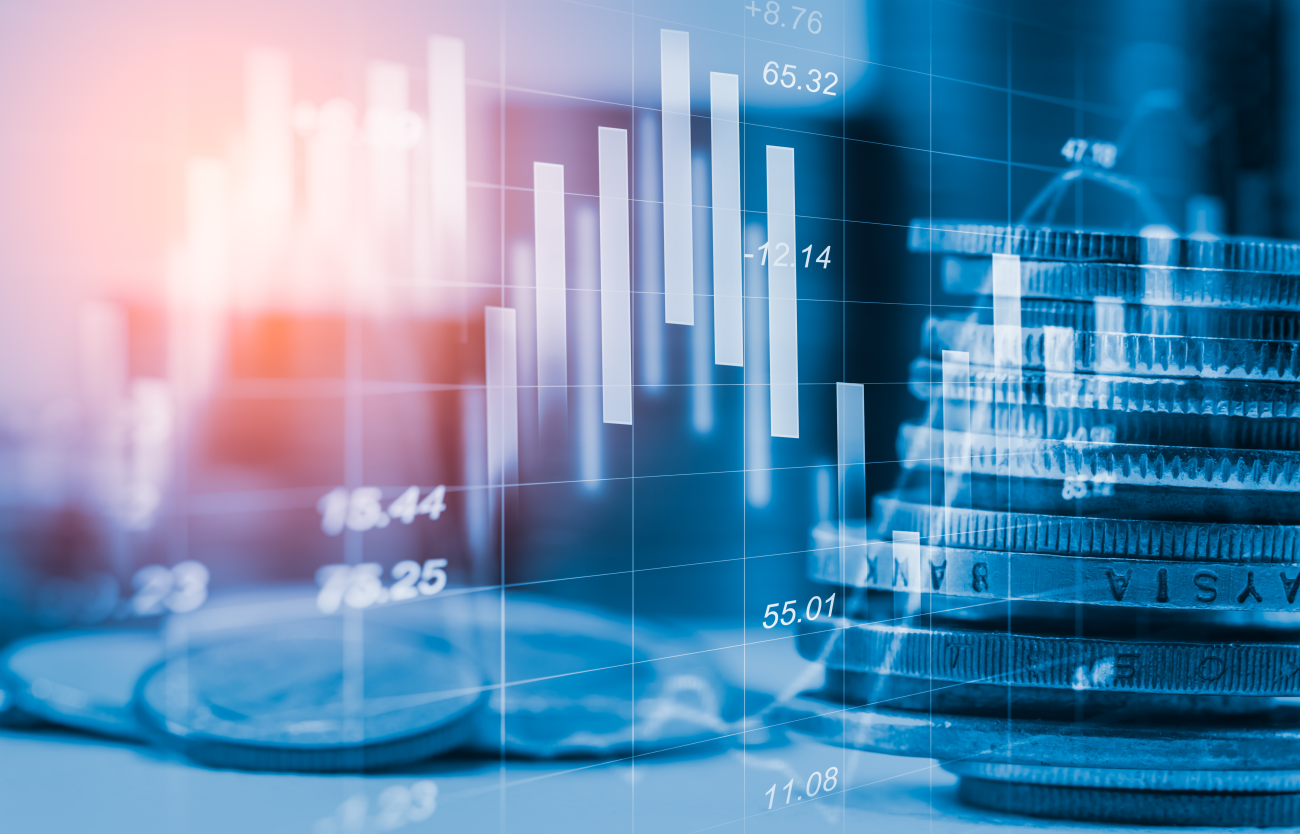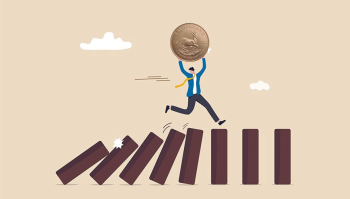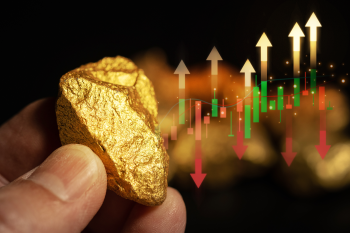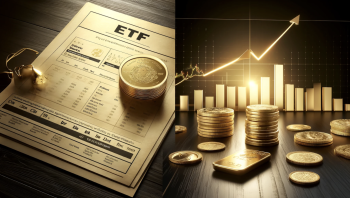
The yellow metal is currently trading just below €1,900. This price level represents the resistance to be worked and breached before launching a new bullish leg. In the meantime, it is interesting to note below that it has had a monthly volatility of less than 1% for the last four months.
Source: Tradingview
Low volatility generally indicates a price consensus. Let's wait and see how the yellow metal closes February.
Interest rate
The European Central Bank (ECB) interest rate has been 4.5% since September 2023. For the time being, the ECB is not rushing to lower its rate despite a decline in inflation, fearing that the latter may rise again. However, the chart below shows that since 2000, a rate cut has followed when the rate has stagnated after a significant increase.
Source: Tradingeconomics - BCE
Past performance does not predict future performance, but for information only, the price of gold climbed 130% between 2008 and 2012.
Inflation
Eurozone inflation stood at 2.8% for January 2024. Despite a significant drop from its double-digit peak in 2023 thanks to higher rates, it remains above the ECB's 2% target. We are even seeing a rebound from its November 2023 low of 2.4%.
Source: Tradingeconomics - Eurostat
Clearly, the problem has not been solved. Also, it's important to note that food inflation remains higher. In Belgium, it was 8.1% in December 2023, according to Test-Achats. Vegetable prices, in particular, jumped 20% over the year. The situation seems inextricable: raise rates to reduce inflation and cause a recession, lower rates to revive a sluggish economy and fuel inflation... On the subject of a sluggish economy, AFP reports that electricity consumption in France in 2023 will have fallen back to its level of the early 2000s!
And the economy means transformed energy. In any case, we note that the yellow metal has not fallen, despite rising rates and falling inflation. How will it react if rates fall and inflation rises?
Central banks
Demand from central banks continued in the fourth quarter of 2023, with a further 229 tonnes added to official global reserves. This brought annual demand (net) to 1037 tonnes, just below the record set in 2022 of 1082 tonnes. Two consecutive years of purchases in excess of 1,000 tonnes testify to the recent strength of central bank demand for gold.
Source: World Gold Council
As long as central banks continue to accumulate, they will prefer to do so at lower cost, i.e. without the price of gold rising too high, too fast. Gold bullion is the equivalent of chips at the poker table of the emerging multipolar world order. Even if a short-term correction is always possible, all the foregoing suggests that gold will remain a popular asset in the months and years ahead.
The easiest and safest way is to create an account on our online platform (if you haven't already done so) and accumulate physical gold on a regular basis according to your savings capacity.
--
Disclaimer:
The information presented on this page is provided for information purposes only and does not constitute investment advice, an offer to sell or a solicitation to buy, and should not be relied upon in any way as a solicitation to commit to any investment.
Past performance is not constant over time and is not a guide to future performance. This newsletter does not take into account your financial situation or objectives. Investors are solely responsible for judging the appropriateness of any transactions they may enter into.
The information on this website is not intended for distribution to, or use by, any person in any country or jurisdiction where such distribution or use would be contrary to local law or regulation.
To find out more about Gold&Forex International: see the Terms and Conditions.




